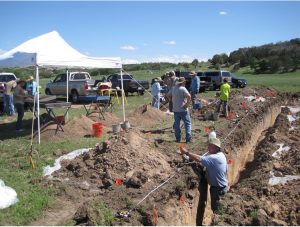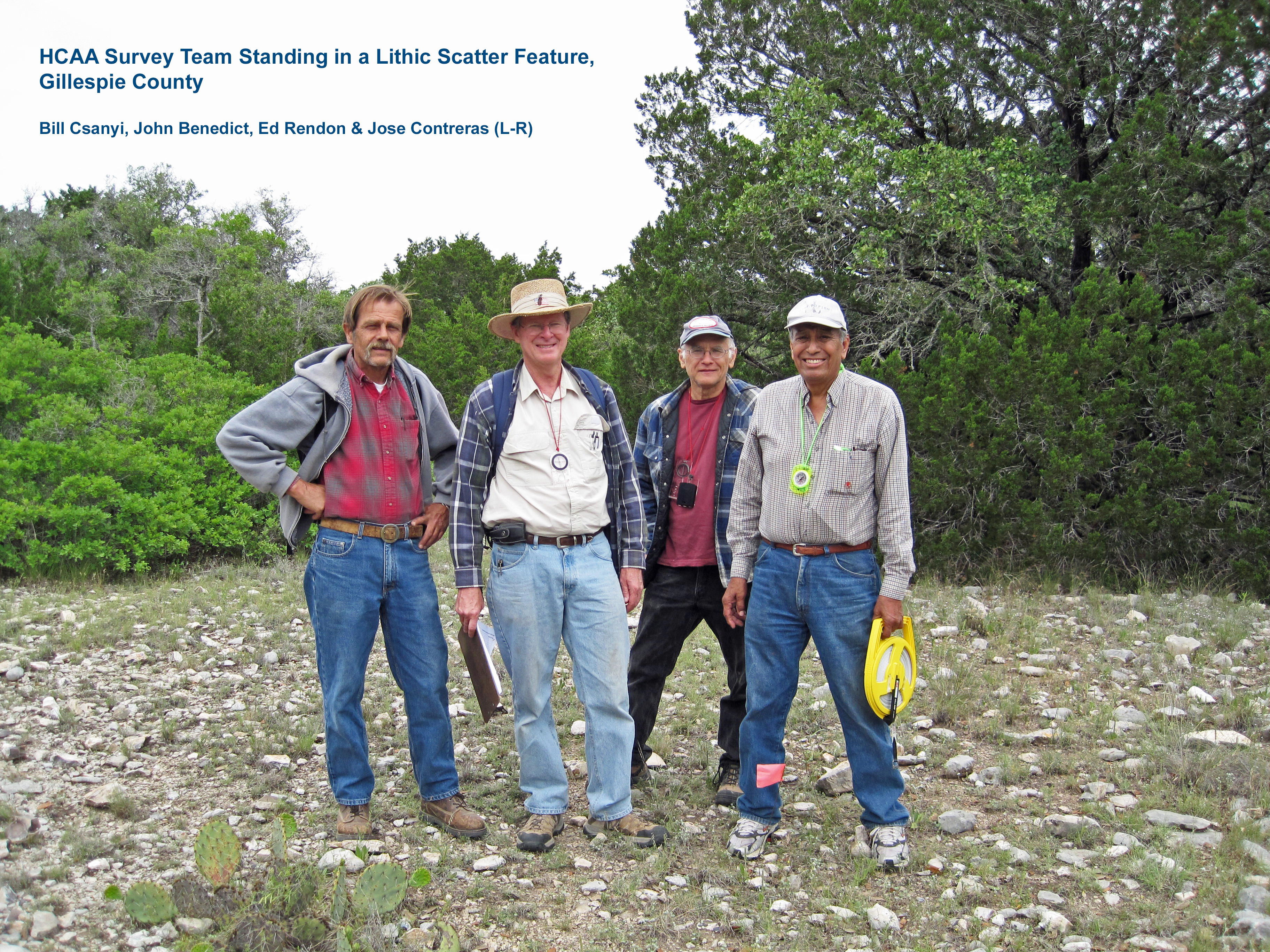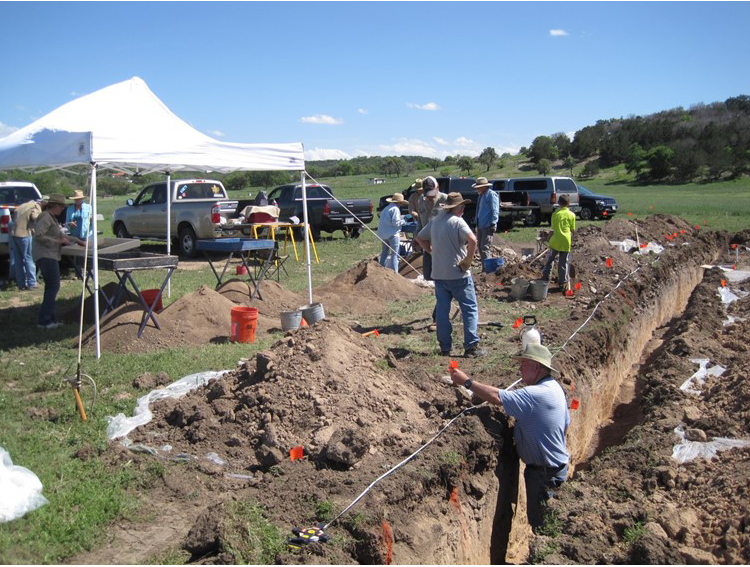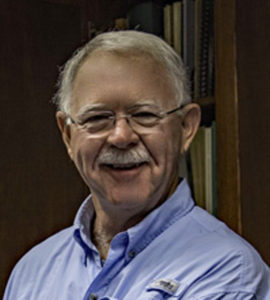***P.A. System NOW at Meetings!***
Doors open at 12 noon with refreshments. Lecture begins at 1:00 pm.
This Meeting Will Review Our HCAA Site Work:
Title: Part 1: Kemosabe: A Rich Multi-Component Site Along The Guadalupe River, Kerr County – Over 7,000 Years Of Archeology

Speaker: Steve Stoutamire, Retired Geologist, MS Geology, BA Anthropology, Texas Archeological Stewardship Network, Member of Texas Archeological Society and Hill Country Archeological Association
Abstract:
Kemosabe is an 88-acre archeological project along the Guadalupe River, West Kerrville, Texas. Five years of investigations by the Hill Country Archeology Association reveal that it is a rich multi component site with solid cultural representations from the Earl Archaic through Late Archaic. Hints of Late Paleo Indian and Late Prehistoric culture also occur. Kemosabe is similar to the nearby Gatlin Site (41KR621) which is hailed in literature as one of the 3 most significant Early Archaic sites ever found in Central Texas. The majority of culture at Kemosabe and Gatlin is within sediments of the second river terrace. Approximately 350 cubic meters of soil was hand excavated at Gatlin compared to 84 cubic meters, thus far, at Kemosabe. The artifact density per cubic meter appears richer at Kemosabe, however. Pending final logistics, the TAS 2020 Field School is planned to be held at Kemosabe.
Title Part 2: Stones, Slaves, Caves, Log Cabins and Arrowheads: Archeological Sites in Kendall County and Beyond.
Speaker: John Benedict, Retired TAMU Biologist, BA Biology, PhD. Arthropod Biology, Texas Archeological Stewardship Network, Member of Texas Archeological Society and Hill Country Archeological Association
Abstract:
A goal of the Hill Country Archeological Association is to survey and record new archeological sites before they are lost to construction, looting and erosion. Many of our members are engaged in this activity. I will discuss some of the newly recorded historic and prehistoric archeology sites in Kendall and surrounding counties. These range from a historic slave cabin, to a cemetery for former slaves, to prehistoric rock art, to burned rock middens and sinkholes explored for grave sites of prehistoric peoples. Some of these sites represent the first peoples to live in this area while others are the first German immigrants to settle here in 1850’s. Others were the first English settlers who came from Tennessee, Louisiana and Mississippi, some with their slaves, and settled here to grow cotton or setup grist mills to grind grain for flour, or make bricks, or shingles from bald cypress, or charcoal for cooking, or raise cattle and sheep. They all have a story to tell and have left behind bits and pieces of their lives that tell us how they lived and maybe a little of who they were.


